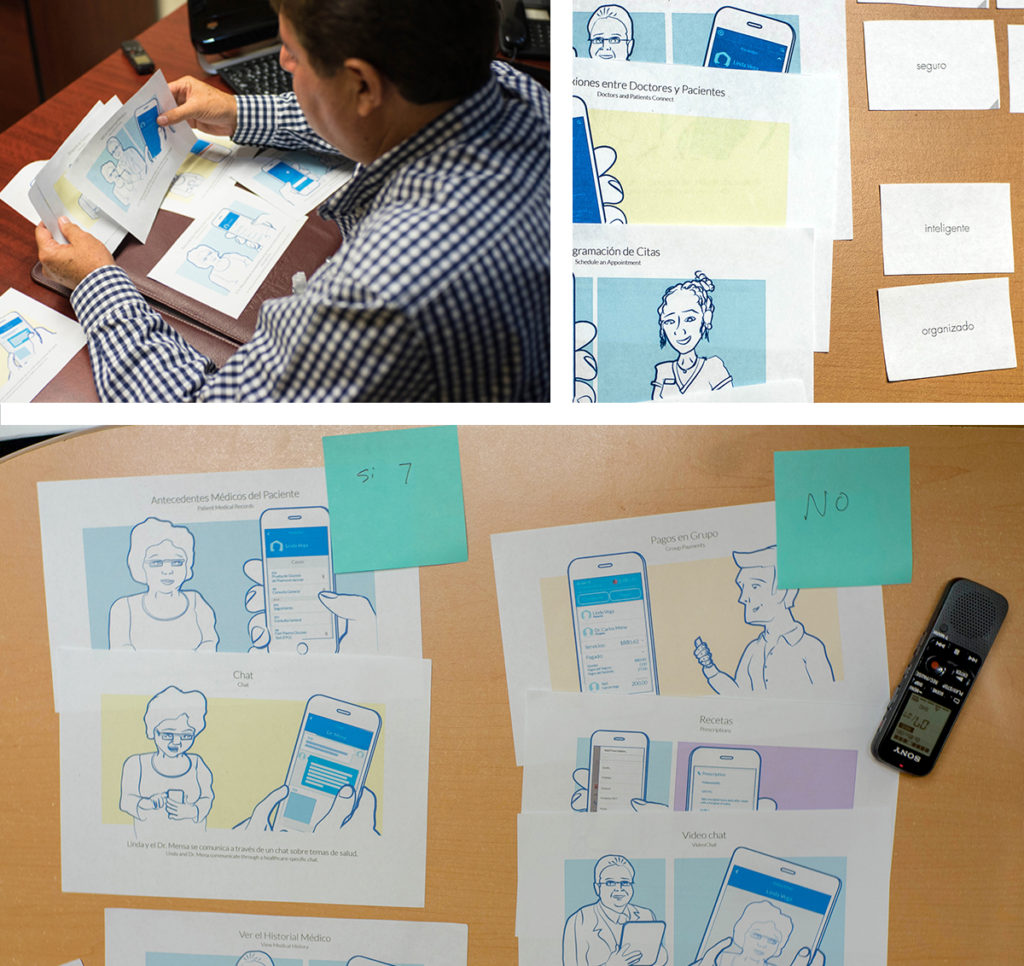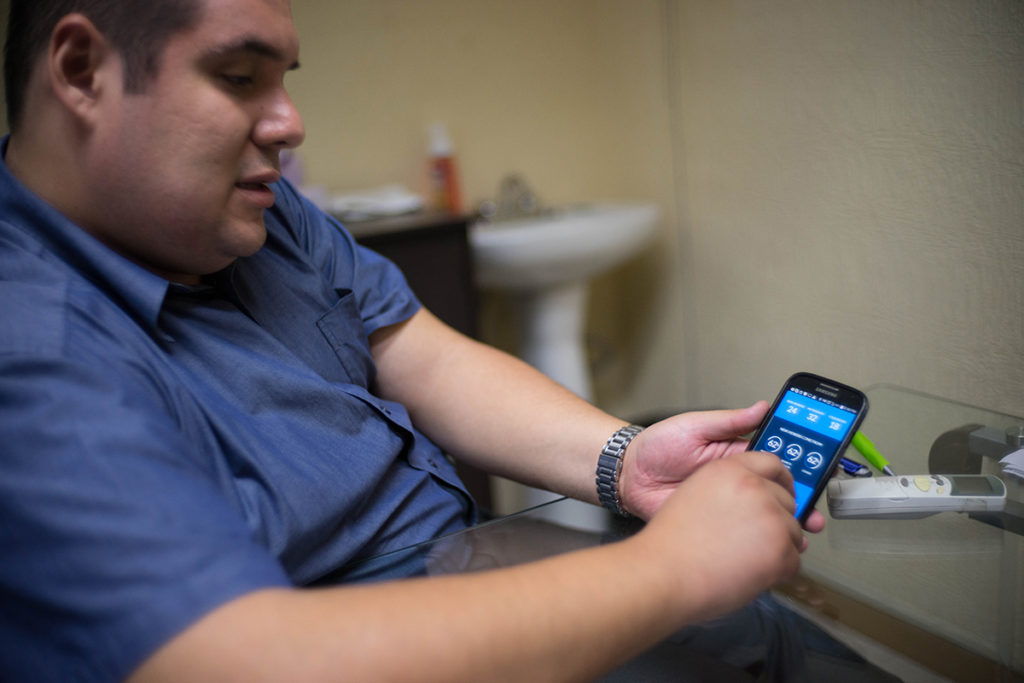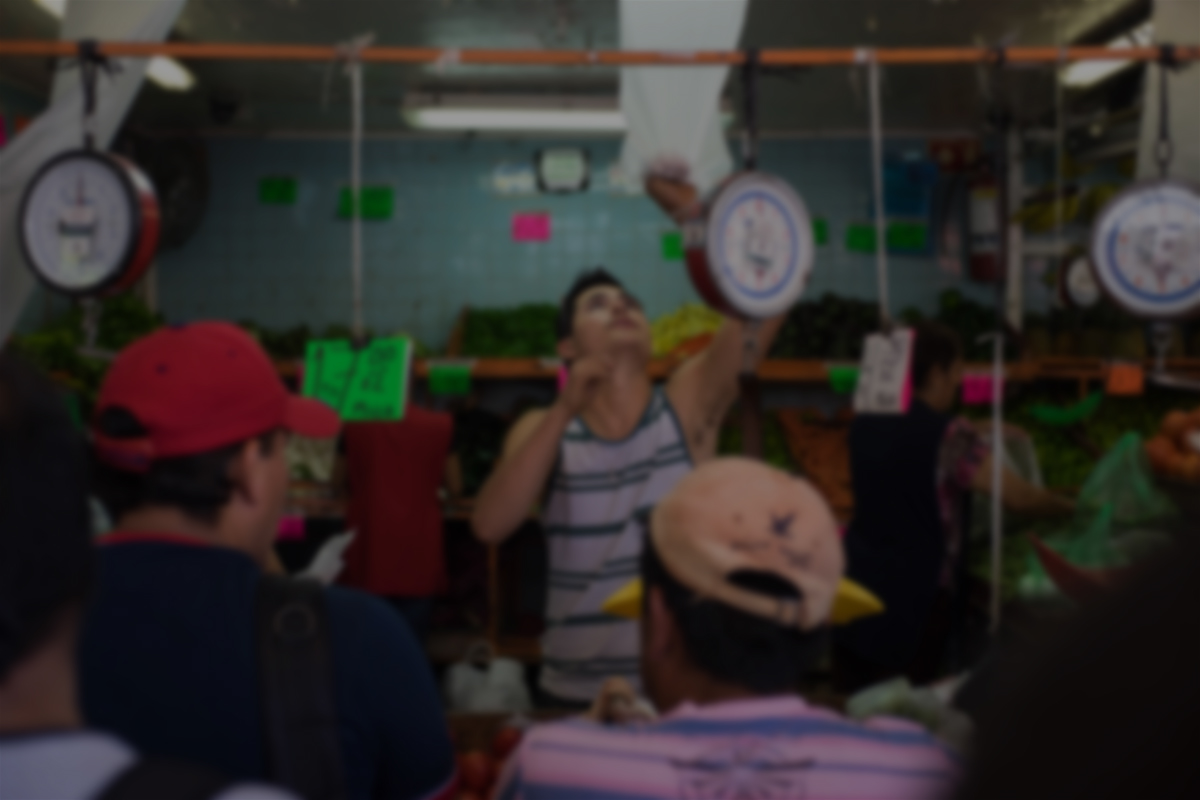- DR 101: What is Design Research? – What is design research? Is it the right answer for your business?
- DR II: Preparing for Design Research – What to do to get the most out of your Design Research project.
- DR III: In the Room – You’ve been invited to participate with the Design Research team – what do you need to know?
- DR IV: Three Things – A little bit of psychology about why we structure interviews the way we do.
Three types of Design Research
- Foundational Research
- Generative Research
- Evaluative Research
Foundational Research: To understand Mental Models.
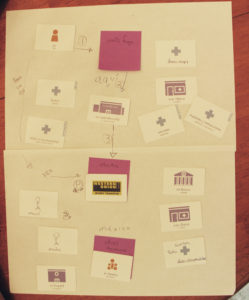
We asked participants to build a story of how their family gathers money for medical emergencies.
Foundational Research techniques help us understand the over-all context of what we’re designing for. How do people understand problems? What are their needs? How do they solve these problems today?
Interviews here will focus on broad, open-ended questions. It is critically important to do foundational research on-sight so that the research team can understand the context of a situation and ask questions about specific things in the environment.
In the Project:
At the beginning of a project – understand the market and possible product opportunities.
Key Question:
“Can you show me?”
Key Activities:
Open-Ended questions, Tours, Journey Maps (of existing process), Card Sorts, Diary Activities
Generative Research: to Co-Create Solutions
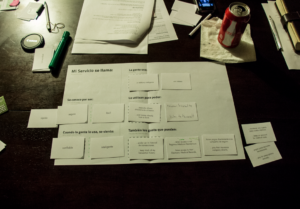
In this exercise, participants “built” a service to help their families manage healthcare.
In Generative research, the team works with participants to co-create a solution. These exercises usually involve card sorts or journey maps to the ideal situation. After the participant designs their ideal solution, we ask them why the solution is great, what they would name it, and in some cases, how much they think a person would pay for it.
At the beginning of a project to understand product possibilities and begin to define requirements. Often, Foundational activities and Generative activities can both be done in a single session.
Key Questions:
What is it? What does it do? How do you think it should work? Why is it great?
Key Activities:
“Paticapatory Design” Excercises, Co-created paper-prototypes, Card sorts, Feature prioritizations, Pricing questions
Evaluative Research: to refine new concepts you want to introduce
When we have a design that (we think we) like, we take it back to the users for Evaluative Research. These exercises may include storyboards for services or prototypes for products with structured questions. Here we are looking for things that may confuse the participant such as strange interaction patterns, wording, or visual design issues. These cover traditional user testing.
While it is best to do this on-sight as well, there are a growing number of tools that can be tested remotely with tech-savvy participants. In my personal opinion, it is better to do remote testing often than in-person testing occasionally. That said, it depends on the product – simple apps can be done remote, but a tool build for a specific environment should be tested in person.
In the Project:
As soon as you have a prototype – the earlier and more often the better!
Key Questions:
If you wanted to do X, where would you click? Where in the interface do you think you would find Y? What do you think of this product? How would you use this?
Key Activities:
Usability Testing, A/B Testing
Structuring the interview
- Introduction and Rapport Building Questions
- Set the mood
- These help us get the participant comfortable talking to us. We’ll ask broad questions that get them in a good mood – sometimes this is asking about their families, their accomplishments, anything that will give us an understanding of who this person is in the most positive sense.
- Open-ended Contextual Questions
- Understand Context
- We interview people about the context of the solution that we’ll be proposing. If it is a doctor, this includes questions about how their practice is run, how many patients they see, etc…
- Participatory design activity
- Develop a value proposition
- Lately, we have been using a storyboard activity to understand features that people find valuable. We often frame this as a creative activity “Now we are going to create a service using these features.”
- The key here is to set limits – “If you could only pick three of these features, which would they be?” When you introduce scarcity, people start thinking about things in a different way. We often have the participant name their service, explain to us why it is great, and ask them how much it would cost. We take these descriptions of value back to our marketing team.
- Prototype Evaluation
- Evaluate Usability
- Once we understand what a person’s ideal situation is, we squeeze in a little bit of user testing. We use a program called Invision to make quick prototypes so that we can put a phone in a user’s hands and let them tap around. MedicSana tries to keep research going on a regular basis, so there is always something that the design team is curious about. We’ve found that the key to prototypes is to keep them small and manageable – you don’t need to build the whole app to find out if one little piece makes sense.
- Concluding
- In the end, we ask the participant if they have anything else to talk about. We always leave the recording running, often the greatest insights come when a participant thinks the interview is “over,” and relaxes a little bit.
- We also take a portrait of the participant and ask if they know anyone else it would be useful for us to talk to.
Conclusion
RESOURCES:
More about Me
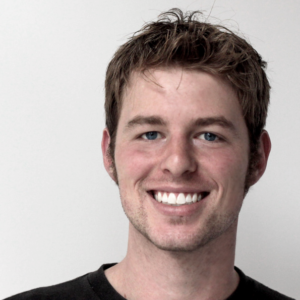 I’m currently looking for my next opportunity as a design researcher or scrum product owner. Shoot me an email at gnefkow87@gmail.com.
I’m currently looking for my next opportunity as a design researcher or scrum product owner. Shoot me an email at gnefkow87@gmail.com.
After graduating from the University of Kansas in 2011 with a degree in Industrial design, I joined frog design as an interaction designer for three years before raising funding and rolling on to MedicSana as full-time CEO, designer, and scrum product owner. I have my Product Owner (PSPO I) and Scrum Master (PSM I) certifications. My full work history is on my linkedin page, or download my resume.
In my free time, I read quite a bit about behavioral economics and on my blog, Knowledge in Society, I write about various topics that discuss the relationship between design research, behavioral economics, and entrepreneurship, including a multi-part introduction to design research. I also love photography, check out my photography portfolio here!

